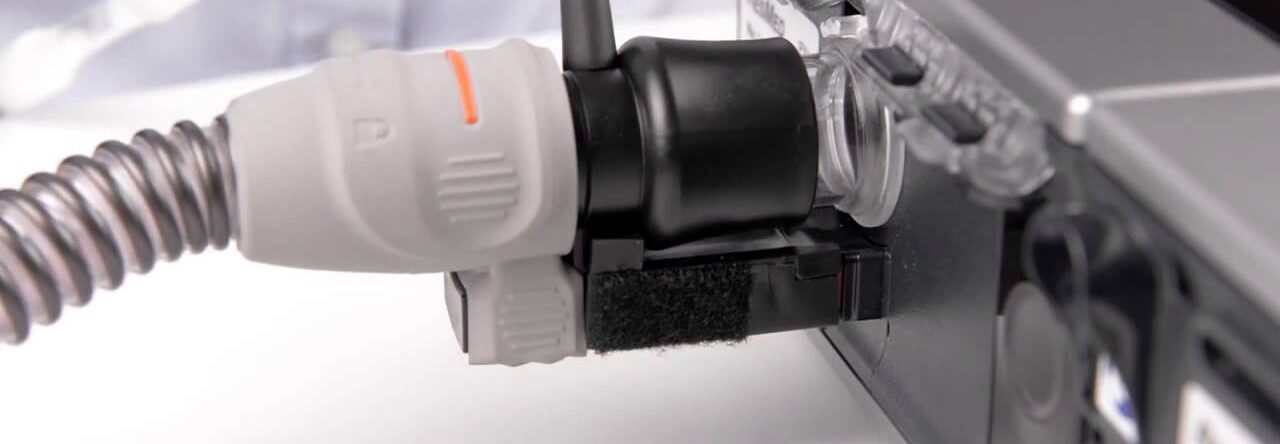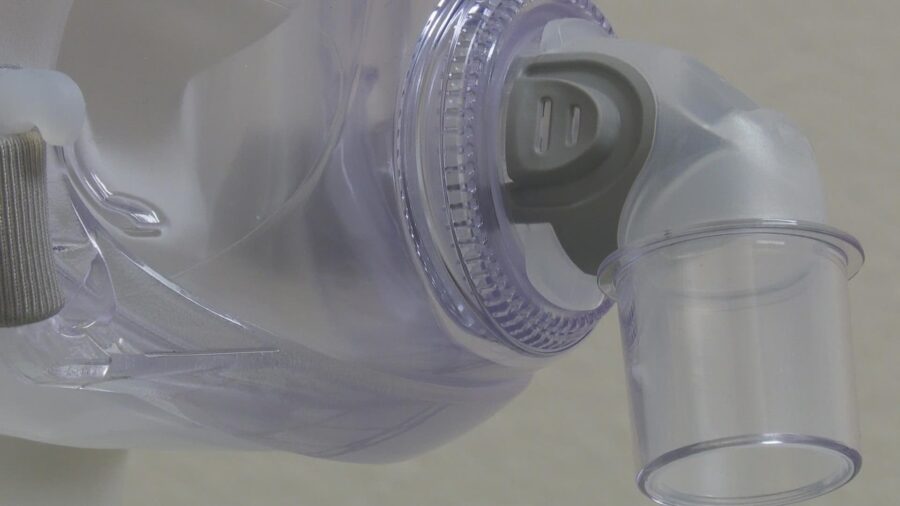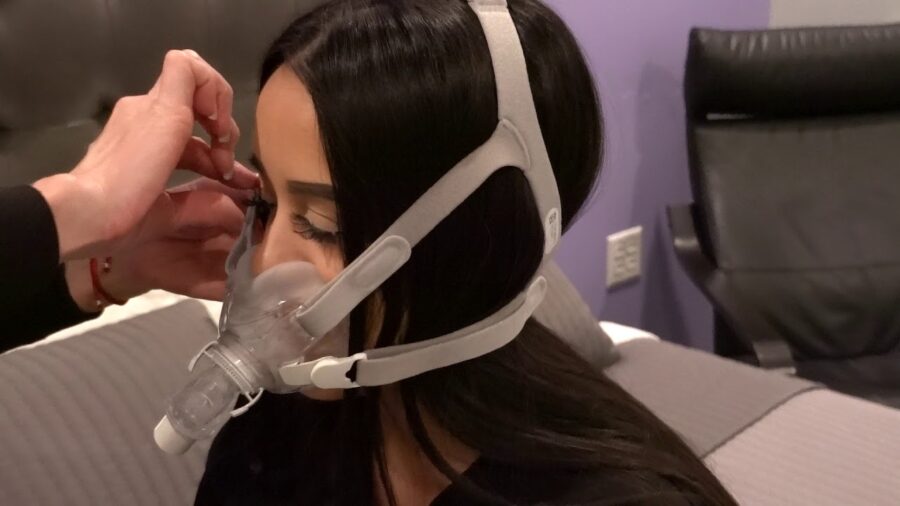CPAP (Continuous Positive Airway Pressure) therapy is a commonly prescribed treatment for sleep apnea. It involves the use of a CPAP machine that delivers a steady stream of air pressure through a mask worn over the nose or mouth. While CPAP therapy is effective in treating sleep apnea, it is not without its challenges. In this troubleshooting guide, we will explore the common problems that CPAP mask users encounter and provide solutions to overcome them.
Understanding CPAP Masks
A CPAP mask is an essential component of the therapy. It serves as the interface between the best CPAP machine and the user, ensuring that the prescribed air pressure reaches the airways effectively. There are different types of CPAP masks available, including nasal masks, full face masks, and nasal pillow masks. Each mask type has its unique features and benefits, catering to the diverse needs of sleep apnea patients.
What is a CPAP Mask?
A CPAP mask is a specially designed mask that fits comfortably over the nose, mouth, or both, depending on the mask type. It is connected to the CPAP machine via a flexible tube, allowing the pressurized air to be delivered to the user’s airways. The mask creates a seal around the face, preventing air leakage and ensuring effective therapy.
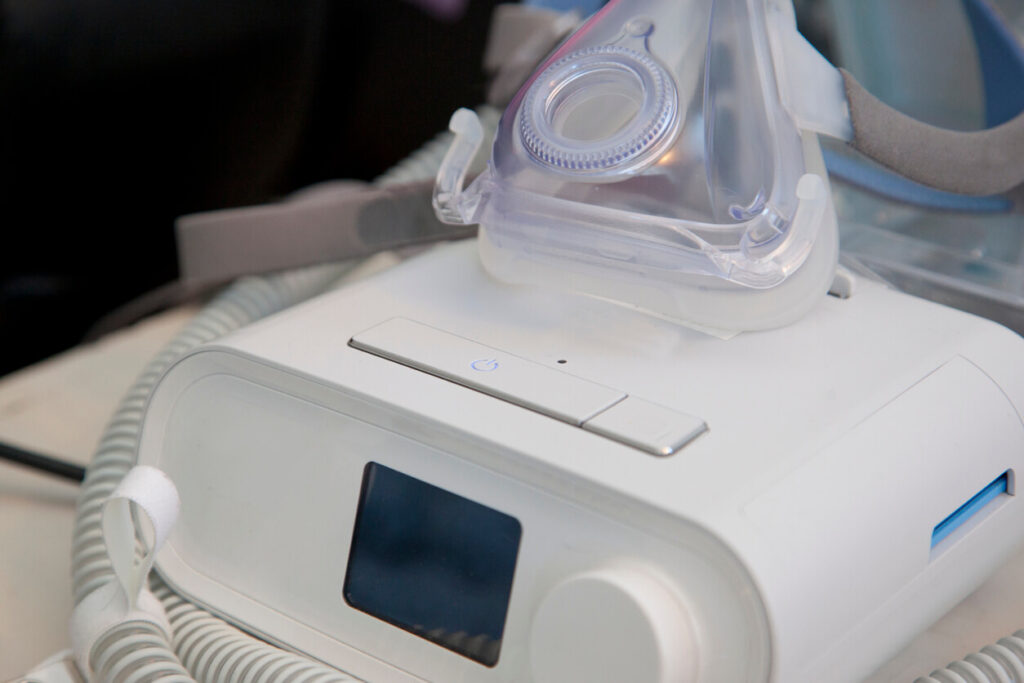
When selecting a CPAP mask, it is essential to consider factors such as comfort, fit, and ease of use. Nasal masks are ideal for individuals who breathe through their nose during sleep, while full face masks are suitable for those who breathe through both the nose and mouth. Nasal pillow masks, on the other hand, are compact and lightweight, making them a popular choice for users who prefer minimal facial contact.
Importance of CPAP Masks in Sleep Apnea Treatment
CPAP masks play a crucial role in the successful treatment of sleep apnea. They enable the delivery of continuous positive airway pressure, which helps keep the airways open during sleep. By preventing pauses in breathing and reducing the frequency of obstructions, CPAP masks improve oxygen intake and promote restful sleep. However, despite their benefits, CPAP masks can sometimes pose challenges for users.
It is essential for users to maintain their CPAP masks properly to ensure optimal performance. Regular cleaning and replacement of mask components, such as cushions and headgear, are necessary to prevent bacteria buildup and maintain a secure fit. Additionally, adjusting the mask straps and experimenting with different mask styles can help improve comfort and compliance with therapy. Seeking guidance from healthcare providers and CPAP equipment suppliers can assist users in addressing any issues or concerns related to their CPAP masks.
Identifying Common CPAP Mask Problems
While CPAP therapy is effective, it can be disrupted by various mask-related issues. Recognizing these problems is the first step in finding the appropriate solutions. Let’s explore some common CPAP mask problems:
Discomfort and Irritation
One of the most common issues with CPAP masks is discomfort and irritation. Users may experience skin irritation, pressure sores, or general discomfort due to the mask’s fit, material, or pressure settings. This can make it difficult to tolerate wearing the mask for the recommended duration.
For instance, some individuals may have sensitive skin that reacts to the materials used in the mask. This can result in redness, itching, or even rashes. Additionally, the fit of the mask plays a crucial role in comfort. If the mask is too tight, it can cause pressure sores or leave imprints on the face. On the other hand, if the mask is too loose, it may not create a proper seal, leading to air leaks and reduced therapy effectiveness.
Mask Leaks
Mask leaks occur when there is air leakage between the mask and the user’s face. Leaks can lead to decreased therapy effectiveness, as the prescribed air pressure may not reach the airways adequately. Users may experience dry eyes, nasal congestion, or noisy airflow due to mask leaks.
It’s important to note that mask leaks can be caused by various factors. Sometimes, the mask may not be the right size or style for the individual’s facial structure, resulting in gaps and leaks. Other times, the straps or headgear may not be adjusted properly, leading to a loose fit. Additionally, facial hair can also interfere with the mask’s seal, causing air leaks.
Difficulty in Breathing
Some CPAP mask users may find it challenging to breathe comfortably while wearing the mask. This can be due to the mask’s fit, design, or individual breathing patterns. Difficulty in breathing can cause discomfort, anxiety, and may affect compliance with the therapy.
Individuals with certain respiratory conditions, such as asthma or chronic obstructive pulmonary disease (COPD), may experience more difficulty in breathing with a CPAP mask. Moreover, the design of the mask can also play a role. Some masks cover the nose and mouth, while others only cover the nose. Depending on an individual’s breathing preference, one design may be more comfortable than the other.
Noise Issues
CPAP masks and machines may generate noise during therapy, which can disrupt sleep for users and their bed partners. The noise can be caused by airflow, mask venting, or machine vibrations. Excessive noise can lead to sleep disturbances and affect the overall sleep quality.
It’s worth noting that modern CPAP machines are designed to be as quiet as possible. However, certain factors can contribute to increased noise levels. For example, if the mask venting is not properly aligned or if the mask itself has small holes or gaps, it can create a whistling or hissing sound. Machine vibrations can also occur if the machine is not placed on a stable surface or if there are loose components.
Addressing noise issues is crucial for a restful sleep experience. It may involve troubleshooting the mask and machine setup, ensuring proper maintenance, or exploring alternative mask options that minimize noise generation.
Troubleshooting CPAP Mask Problems
Resolving CPAP mask problems is essential to ensure comfortable and effective therapy. Here are some troubleshooting tips:
Adjusting for Comfort
If you experience discomfort or irritation, try adjusting the mask’s straps and positioning. Ensure that the mask is snug but not overly tight, creating a secure seal without causing pressure points. Experimenting with different masks or cushion sizes can also help improve comfort.
Another factor to consider for enhanced comfort is the material of the mask. Some masks are made of softer silicone or gel materials that can be gentler on the skin, reducing the likelihood of irritation. Additionally, utilizing mask liners or pads can provide an extra layer of cushioning and help alleviate any discomfort caused by the mask rubbing against the face.
Fixing Mask Leaks
To address mask leaks, it is crucial to identify the source of the leak. Check for any misalignment, improper fit, or worn-out cushion seal. Adjust or replace the cushion as needed. Additionally, tightening or loosening the mask straps slightly can help achieve a better seal.
In some cases, mask leaks can be exacerbated by facial hair that interferes with the mask’s seal. Shaving or trimming facial hair around the mask area can significantly reduce leaks and improve the effectiveness of therapy. Ensuring that the mask is clean and free from any residue or debris can also help maintain a proper seal.
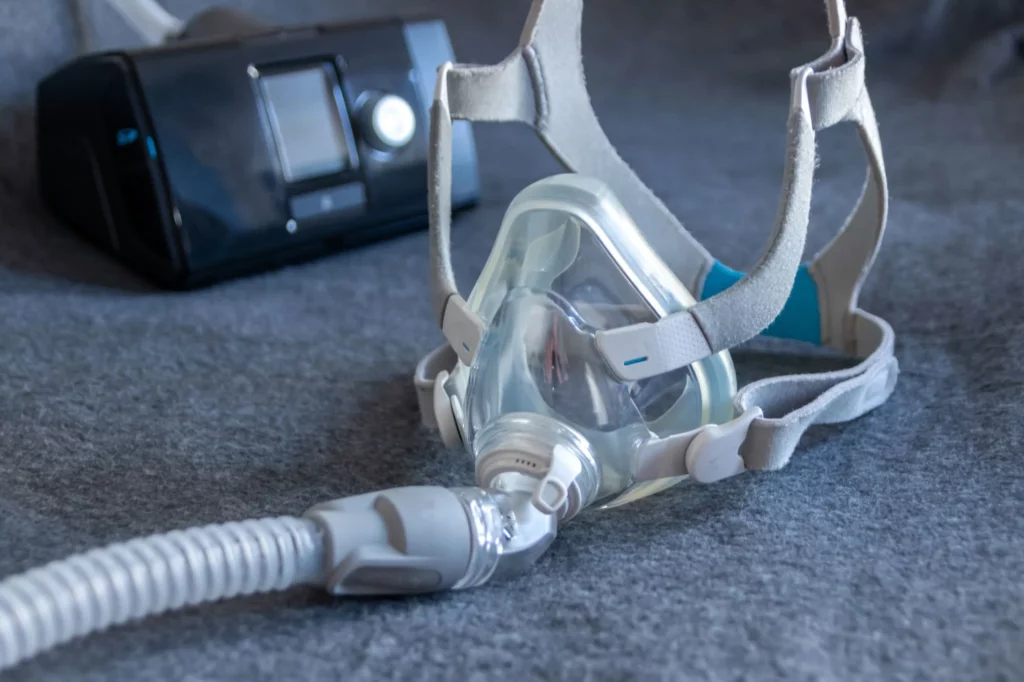
Enhancing Breathing Ease
If you find it challenging to breathe comfortably with the mask on, consider trying a different mask type or size. Masks with diffuser technology can reduce noise and promote better air circulation. Adjusting the pressure settings with the guidance of your healthcare provider may also improve breathing comfort.
In addition to mask selection, incorporating breathing exercises or relaxation techniques before bedtime can help improve overall breathing ease during CPAP therapy. Practicing deep breathing or using a respiratory muscle training device can strengthen the respiratory muscles, making it easier to breathe against the pressure from the CPAP machine.
Reducing Noise
To minimize noise issues, ensure that the mask and machine are properly assembled and positioned. Check for any loose connections or obstructions in the mask vent or tubing. Using a mask with integrated noise reduction features or opting for a quieter CPAP machine can also help reduce noise during therapy.
Placing the CPAP machine on a stable surface, away from the bed to reduce vibrations, can further decrease noise levels. Additionally, regular maintenance of the CPAP machine, such as cleaning or replacing filters as recommended, can prevent airflow restrictions that may contribute to increased noise output. Investing in a CPAP machine with advanced noise reduction technology can provide a more peaceful sleep environment for effective therapy.
Maintenance Tips for CPAP Masks
Proper maintenance is essential to ensure the longevity and performance of CPAP masks. Consider the following tips:
Regular Cleaning and Replacement
Clean your CPAP mask regularly according to the manufacturer’s instructions. Use mild soap and warm water to clean the mask and cushion. Avoid harsh chemicals that may degrade the mask materials. Additionally, replace the cushion and headgear as recommended to maintain a secure and hygienic fit.
Proper Storage
After each use, store the CPAP mask in a clean and dry location. Avoid exposing the mask to direct sunlight or extreme temperatures, as these can damage the mask components. Use a protective case or bag to keep the mask clean and protected when not in use or during travel.
It’s also important to note that proper maintenance of the CPAP machine itself is crucial for optimal performance. Regularly clean the CPAP machine, tubing, and humidifier according to the manufacturer’s guidelines to prevent the buildup of bacteria and mold. Replace disposable filters and humidifier chambers as recommended to ensure the delivery of clean and effective therapy.
Furthermore, it’s beneficial to inspect the CPAP mask and components regularly for signs of wear and tear. Check for any cracks, tears, or deformities in the mask cushion, headgear straps, and connectors. Addressing these issues promptly can prevent air leaks and discomfort during therapy, ultimately improving the effectiveness of your sleep apnea treatment.
More to read: How well are you trying to alleviate sleep apnea?

